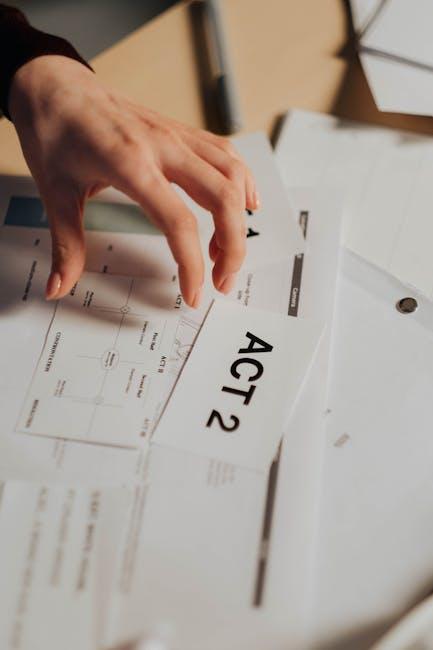In the dim glow of a bustling film set, the dance between directors-personal-experiences-on-their-creative-decisions/” title=”The influence of directors' personal experiences on their creative decisions”>screenwriters and directors unfolds—a delicate choreography that ensures the soul of a story remains intact. While the director brings a visual symphony to life, the screenwriter holds the narrative’s heartbeat, each seeking harmony to craft a cinematic masterpiece. This collaboration, rich with creativity and compromise, is where visions converge and stories are born anew. Join us as we explore the intricate dynamics of how screenwriters and directors work together to preserve the essence of a tale, navigating the labyrinth of storytelling with both precision and passion.
Crafting Collaborative Narratives
In the intricate dance of filmmaking, screenwriters and directors collaborate closely to ensure the story remains true to its core. This dynamic partnership involves a delicate balance of vision and execution. Screenwriters bring the narrative to life with rich dialogue and detailed scenes, while directors visualize how these elements translate on screen. This collaboration often includes:
- Storyboarding Sessions: These meetings allow both parties to map out key scenes, ensuring the screenplay’s intent is fully realized.
- Script Workshops: A space for refining dialogue and character development, ensuring that every word and action serves the story’s integrity.
- Feedback Loops: Continuous communication channels where ideas flow freely, enabling adjustments that maintain the narrative’s essence.
Directors rely on the script as a blueprint but often bring their unique perspective, which can enhance the narrative’s depth. This requires a mutual respect and an openness to adapt, ensuring the final product resonates with the intended emotional impact. Through this synergy, the story’s integrity is preserved, while allowing for creative evolution.
Aligning Vision and Voice
In the collaborative dance between screenwriters and directors, maintaining the integrity of a story hinges on a shared understanding of its core vision and voice. This alignment often begins with extensive discussions where both parties delve into the thematic essence of the script. By identifying key narrative elements, such as character arcs and emotional beats, they create a roadmap that guides their creative journey. Such conversations not only solidify the story’s foundation but also ensure that every scene contributes meaningfully to the overarching narrative.
Throughout the production process, several strategies are employed to keep the vision intact:
- Storyboarding Sessions: Visual representations help bridge the gap between written word and cinematic expression.
- Script Revisions: Writers often tweak dialogue and scenes based on directorial input, ensuring consistency in tone.
- Regular Check-ins: Frequent meetings help address any deviations from the agreed-upon vision.
By fostering a symbiotic relationship, screenwriters and directors can craft a film that resonates with its intended message, ensuring the story remains authentic and impactful.

Navigating Creative Conflicts
- Screenwriters and directors often have different perspectives, with writers focusing on narrative depth and directors on visual storytelling. To find common ground, they must engage in open dialogue and active listening.
- Compromise is key: screenwriters should be flexible with their scripts, while directors should respect the core themes and messages.
When conflicts arise, it’s beneficial to employ strategies like storyboarding sessions where both parties can visualize ideas. This collaborative process helps in aligning visions and maintaining the story’s integrity without compromising artistic expression. Mutual respect and understanding are the foundation of a successful partnership, allowing both the script and the film to evolve organically.

Ensuring Consistent Storytelling
In the collaborative dance between screenwriters and directors, maintaining the integrity of the story is paramount. This synergy ensures that the narrative remains cohesive from script to screen. Screenwriters often provide detailed notes and character backgrounds to directors, which help in preserving the essence of the story. These documents serve as a foundation, ensuring that any creative deviations still align with the original vision.
- Regular Meetings: Consistent communication between the writer and director allows for immediate feedback and adjustments.
- Storyboards and Visual References: These tools help visualize the script, offering a tangible guide to narrative flow.
- Script Revisions: Adaptations based on directorial input ensure that any changes enhance rather than detract from the storyline.
By maintaining open channels of communication and leveraging these collaborative tools, screenwriters and directors can seamlessly blend their creative visions, ensuring the story’s consistency and integrity throughout the filmmaking process.

